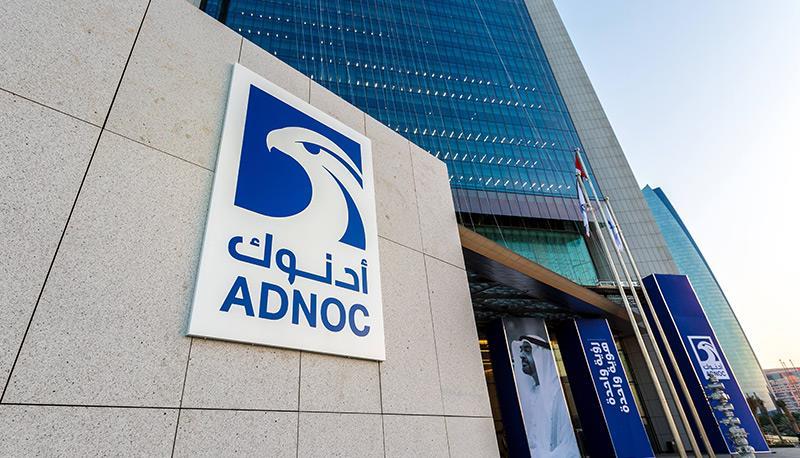
Adnoc and Eni have held high-level talks on accelerating development at the Ghasha sour gas project, in a bid to increase global supply.
Adnoc CEO Sultan Ahmed Al Jaber held talks with Eni CEO Claudio Descalzi today in Abu Dhabi. The two touched on a number of topics, including areas of common interest and collaboration.
A statement from Eni said they had the aim of accelerating existing projects and increasing the speed of bringing new finds to market. This, it said, was in line with the companies’ shared goal of decarbonisation and increasing gas supplies.
Ghasha will produce more than 1.5 billion cubic feet per day of gas and 120,000 barrels per day of liquids. First production may come in 2025. Eni has a 25% stake in Ghasha.
Adnoc awarded a $2 billion contract to Adnoc Drilling in July for the Hail and Ghasha project.
Descalzi also discussed fast-track development on the company’s first exploration well, on Offshore Block 2.
The aim, he said, would be to use other projects already being executed and Adnoc’s existing facilities. This would “optimise costs and accelerate common production targets”. Eni has a 70% stake in the block while PTT Exploration and Production (PTTEP) has 30%.
The two sides also discussed other energy transition opportunities, such as renewable energy and the development of a carbon capture utilisation and storage (CCUS) project.
The United Arab Emirates intends to be self sufficient in gas by 2030.
Big Baleine
Descalzi was in Cote d’Ivoire on September 9, where he was also talking about the need for fast-tracked developments. In talks with President Alassane Ouattara, the Italian executive talked about plans for the Baleine field, which will begin producing in the first half of 2023.
Baleine has 2.5 billion barrels of oil and 3.3 trillion cubic feet of gas. The development plan would see production of up to 150,000 bpd and 200 million cubic feet per day of gas.
Eni has said the project will be the first net zero plan in Africa, in terms of scope 1 and 2 emissions. The company will offset emissions through the provision of improved cookstoves and forest restoration.

